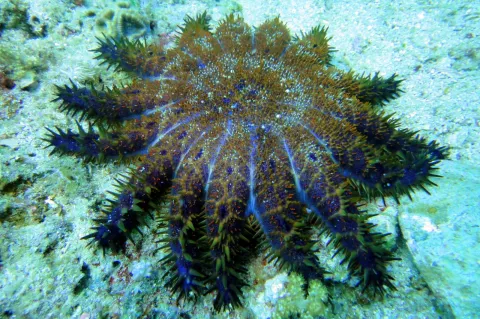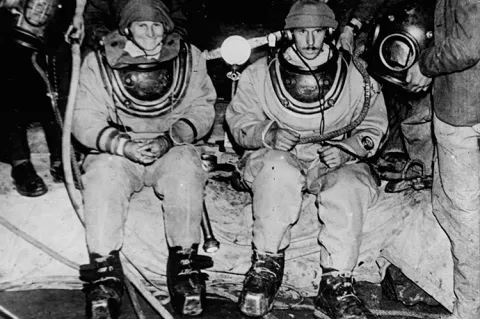My Favorite Wide-Angle Dive: Contributors' Picks
We asked our contributors what their favorite wide-angle dive was and they came back with stories and photos from some of the most unique and exhilarating dive sites on earth, many of them relaying interactions with large marine life from Steller sea lions in Kamchatka and giant manta rays in Komodo to tiger sharks in the Bahamas and humpback whales in the Dominican Republic.


















